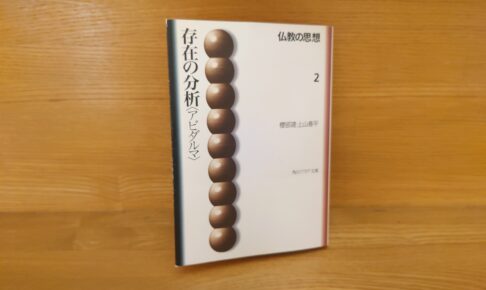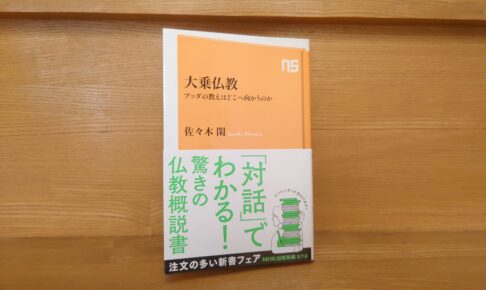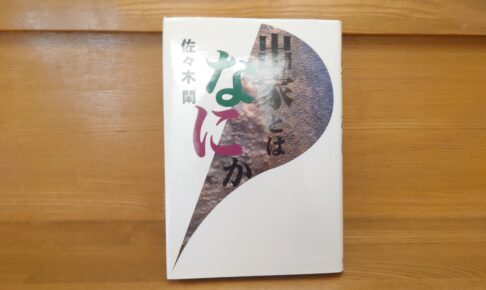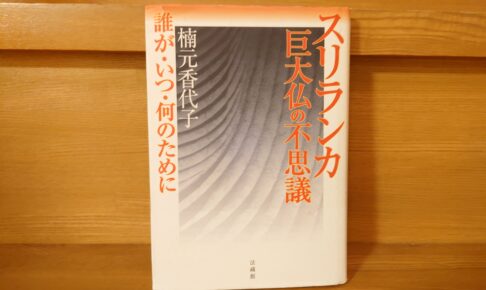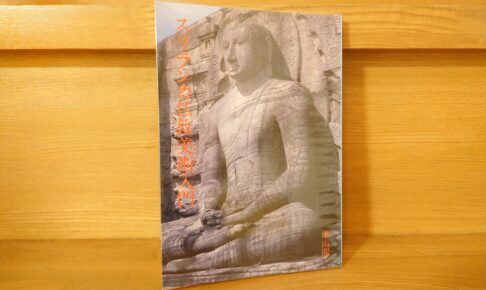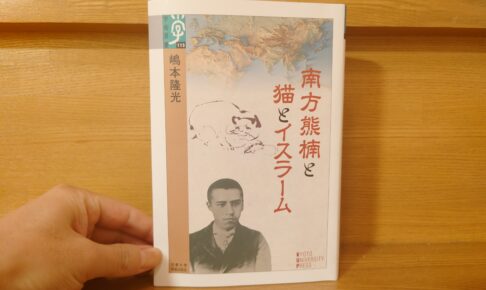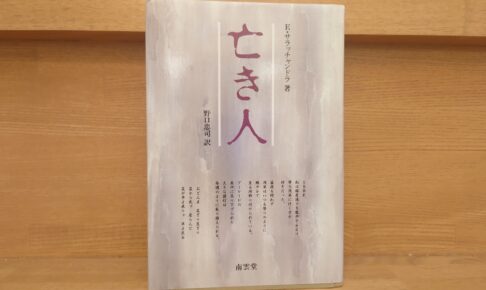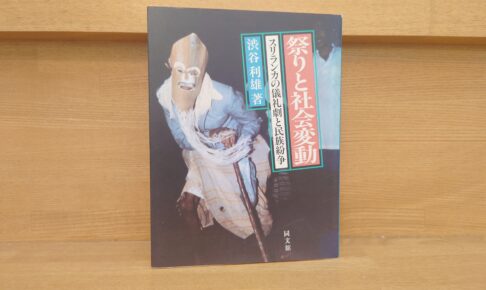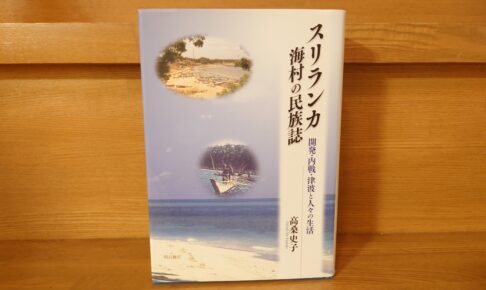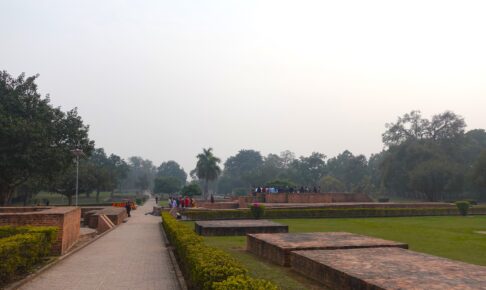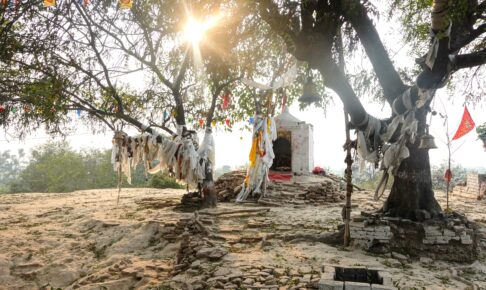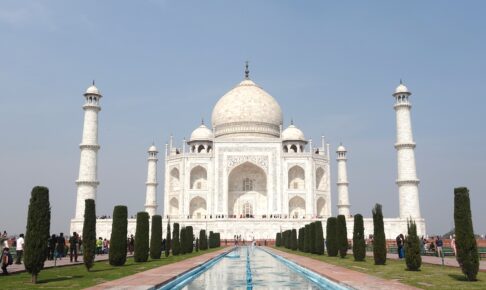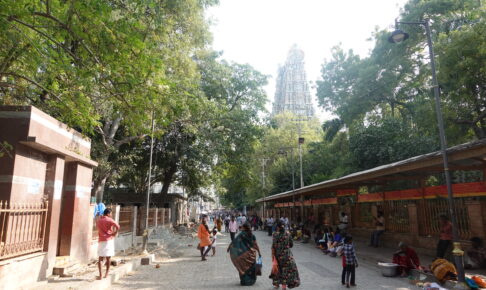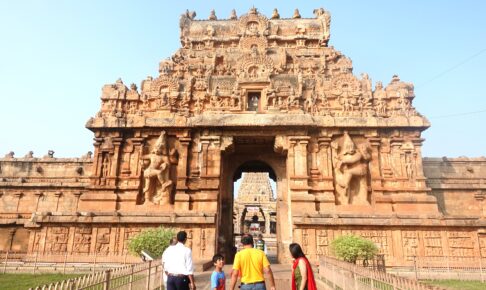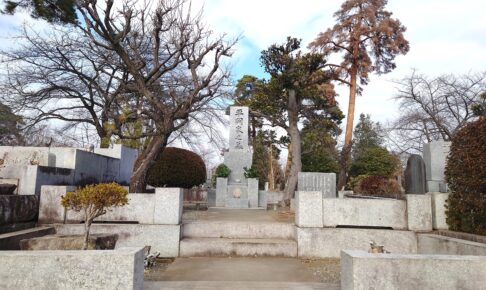Buddhist Thought 2: Analysis of Existence (Abhidharma)" - Why are Abhidharma and Kusha Theory important? What is their significance? Recommended commentary!
This book, "Buddhist Thought 2: Analysis of Existence (Abhidharma)" is the second volume in the "Buddhist Thought Series. This series has long been a favorite bestseller as an introduction to Buddhist thought, and my Buddhist studies professor recommends this series.
The theme of this book is Abhidharma, which is a huge obstacle not only for general readers but also for us monks. Although the image of "Abhidharma = difficult and complicated" has already been created, you will learn in this book how significant this Buddhist idea of Abhidharma is for the study of Mahayana Buddhism as well.












